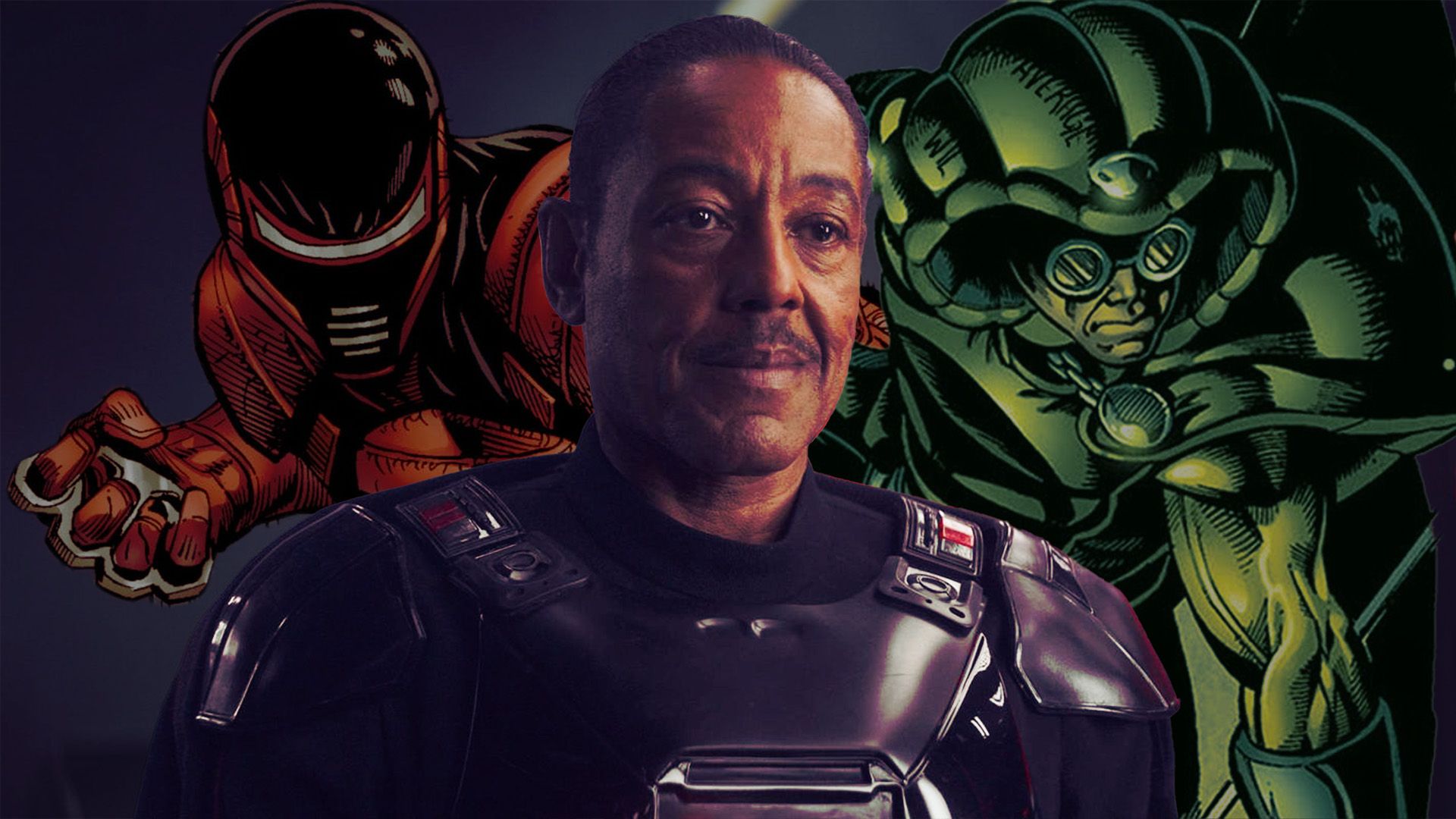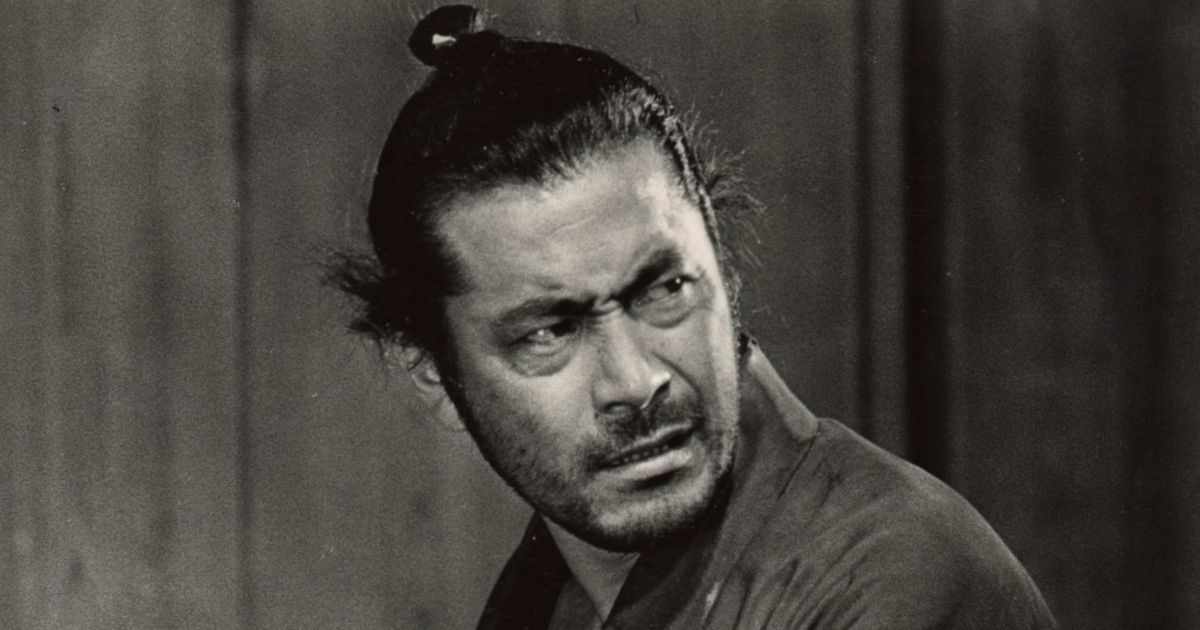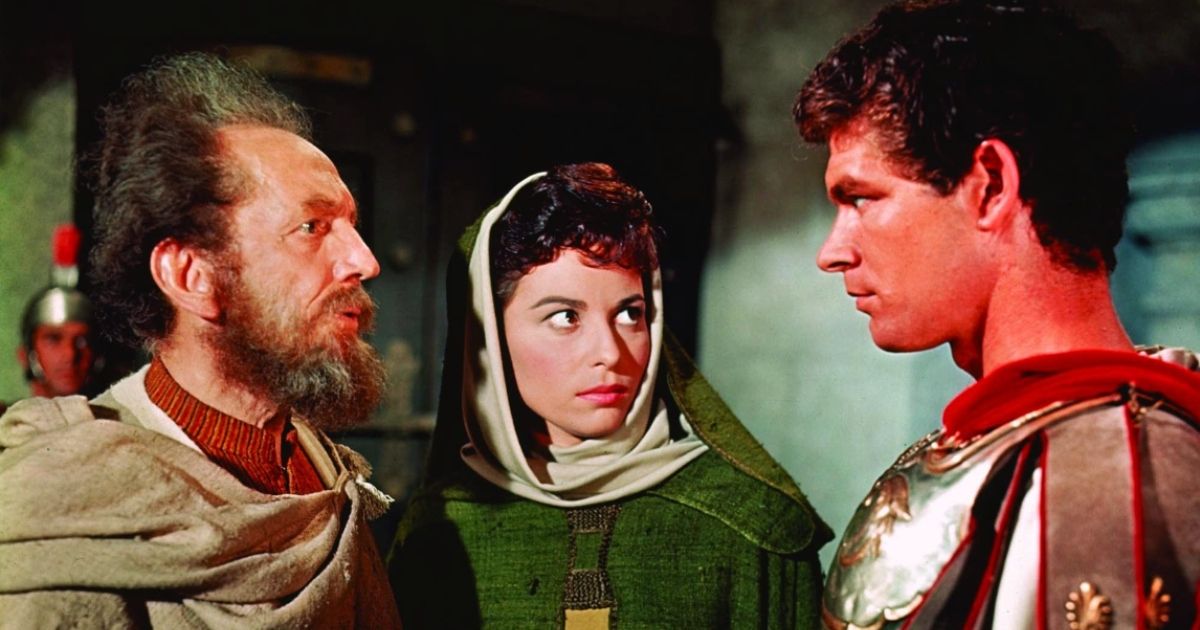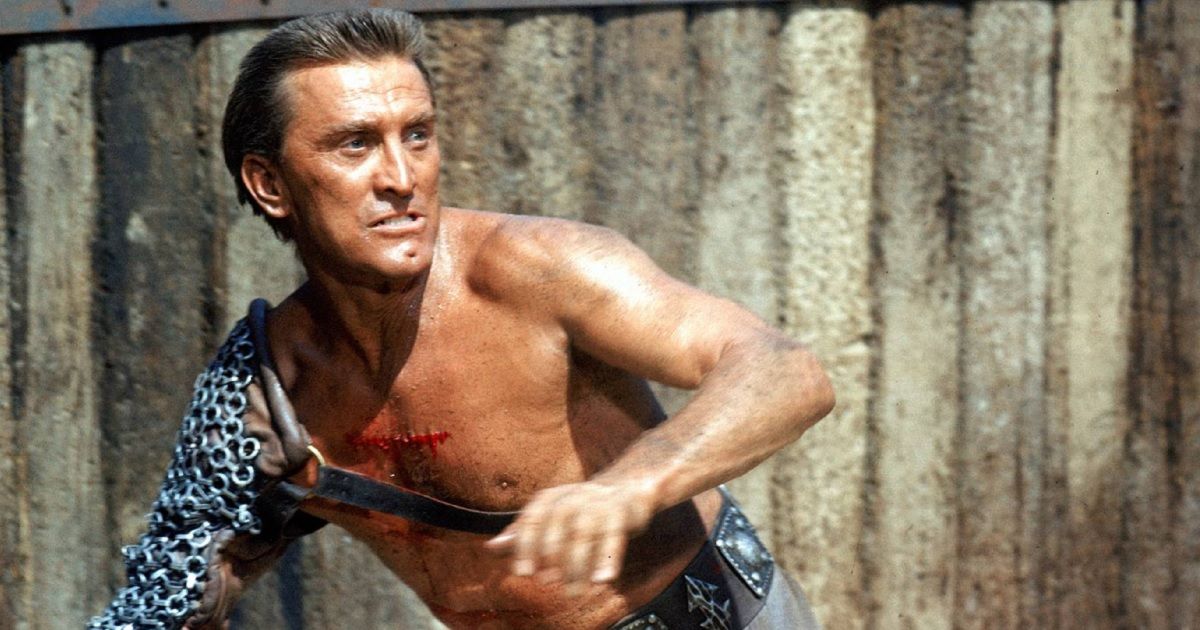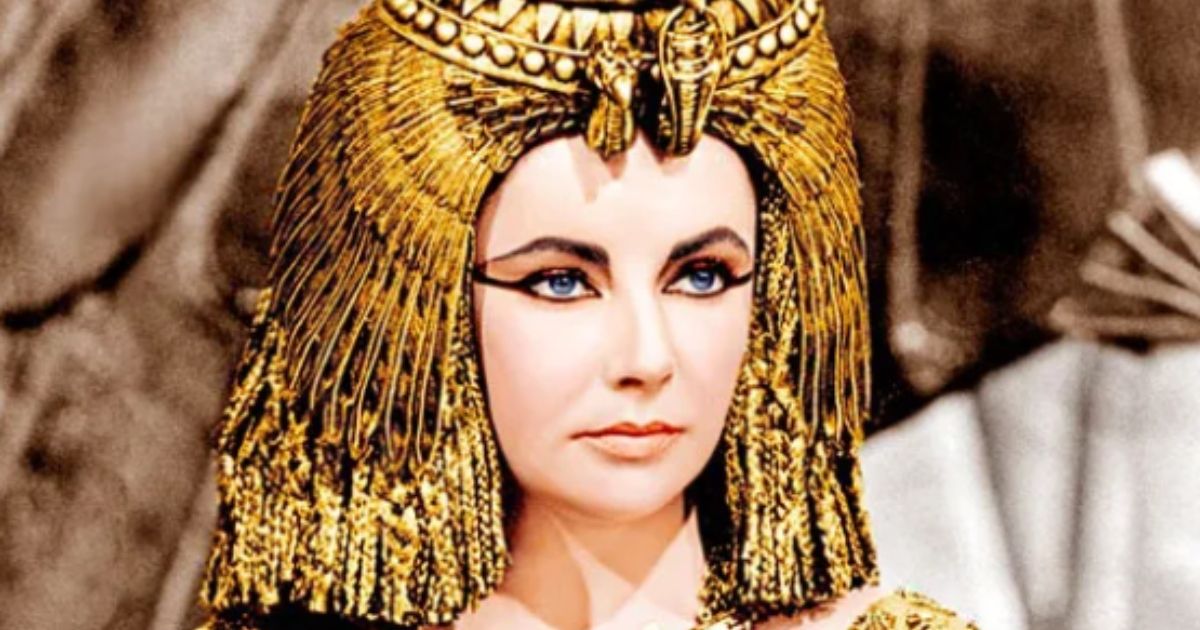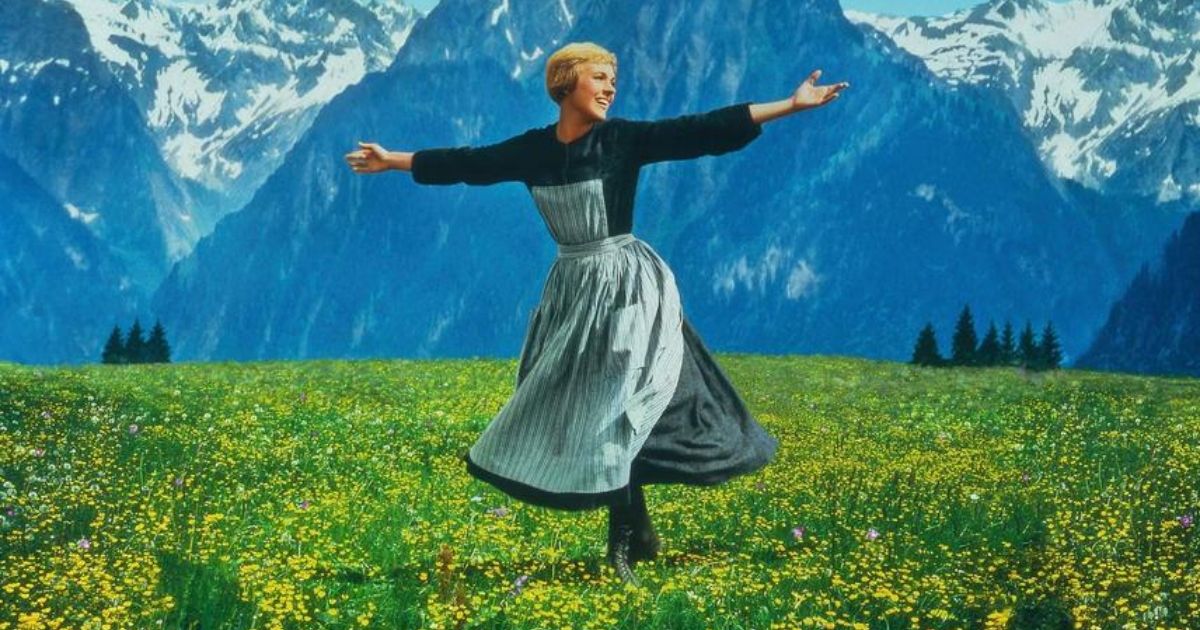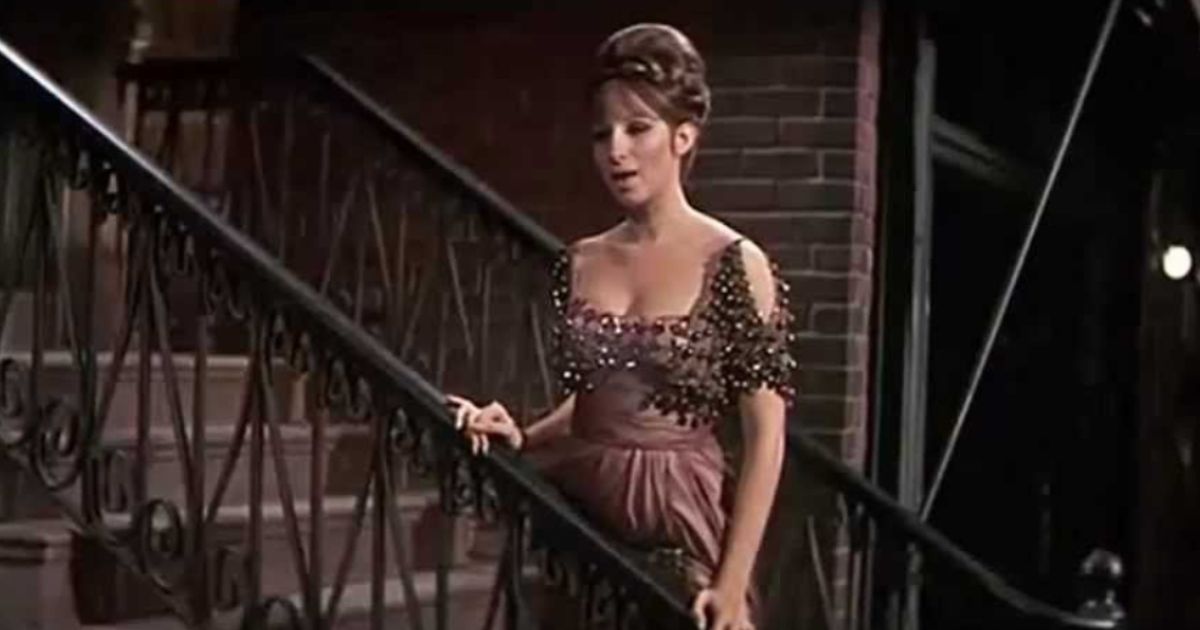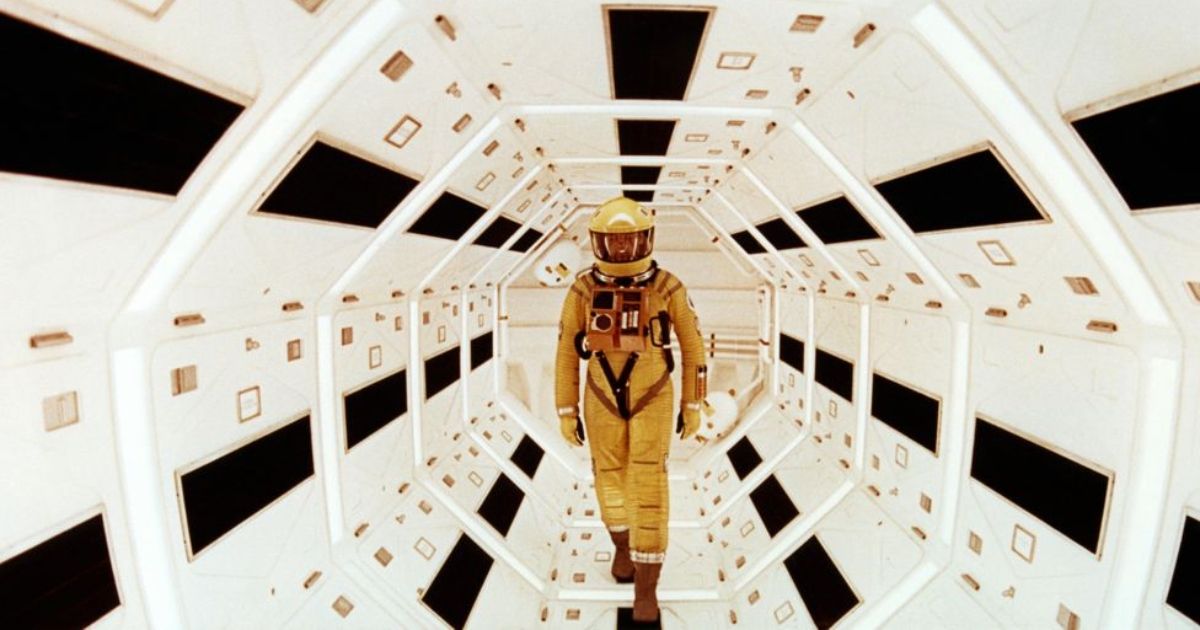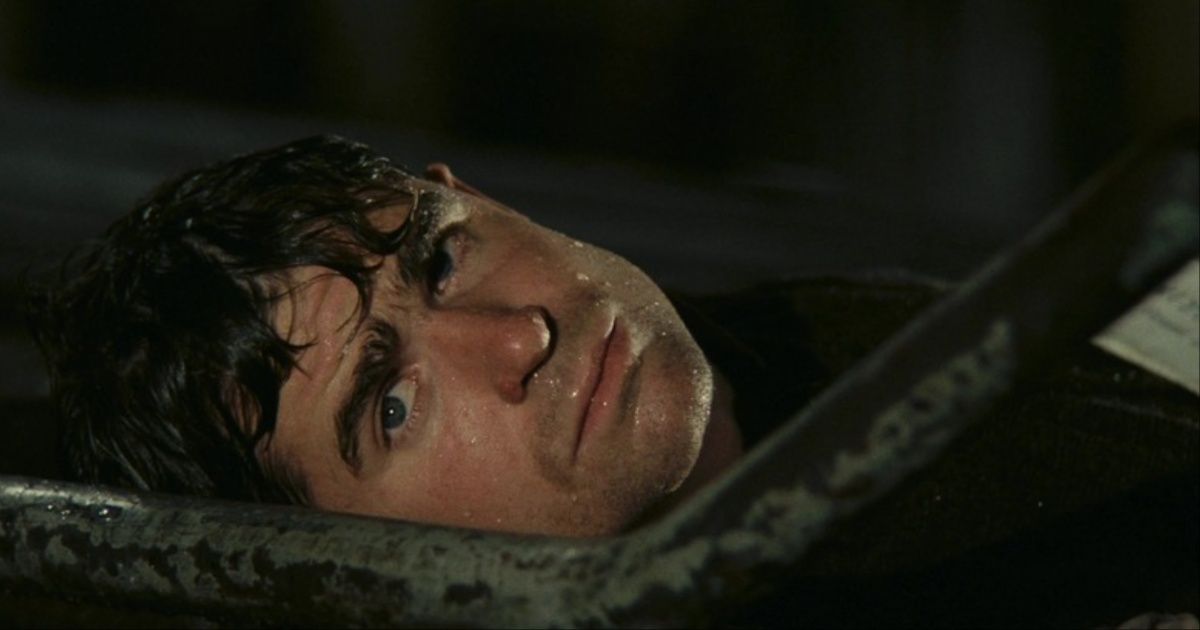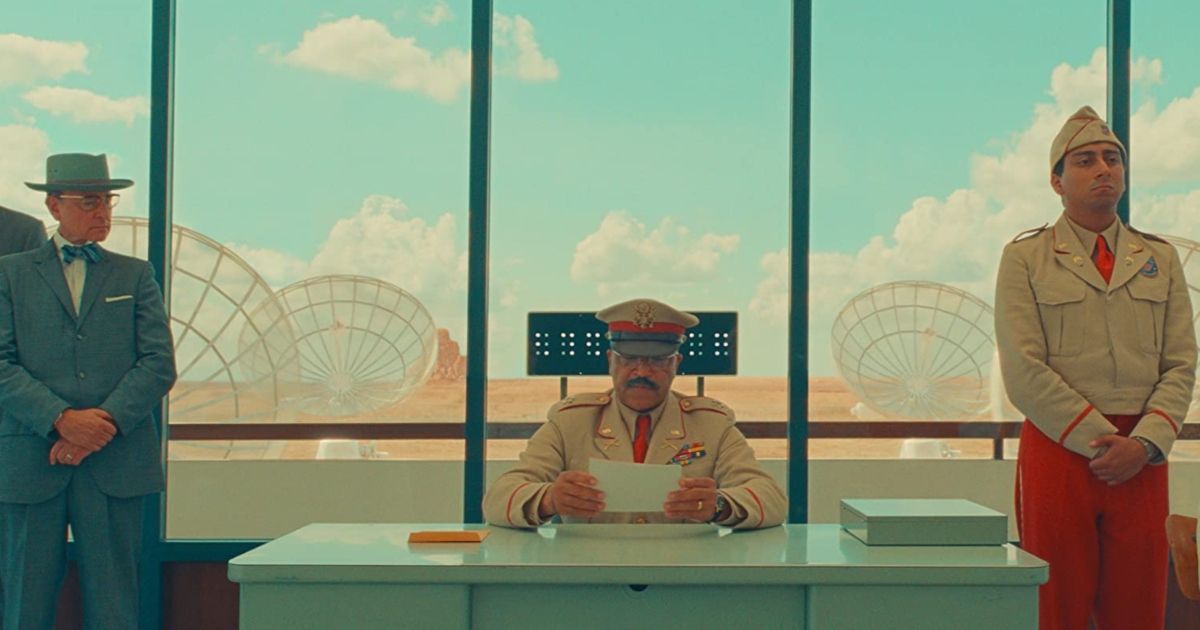Aside from a few independent projects, intermissions have become a lost art of sorts in Western cinema. Originating in plays dating back to the era fo Shakespeare and the earliest era of Japanese performance art such as Kabuki and Noh, the interval between acts were soon translated into films. Most notably, intermissions remain prevalent among a majority of Indian films. A sole event during a performance or a film, the intermission typically acts as a literal transition, or an escape back into reality. Nonetheless, intermissions can also serve as an artistic choice.
Undoubtedly, most of Hollywood saw the intermission as mainly a technical component of the film, quickly drifting away following the advent of technologically superior projectors and a pressure for the film to have more scenes intact, rather than separated by an intermission. The majority of the films released during the height in popularity of built-in intermissions typically placed them in the middle of the film.
Nevertheless, the film industry saw a select number of filmmakers experiment with the placement itself. Some of the most memorable films of post-war America, Reagan-era Hollywood, and even the contemporary entertainment industry include intermissions for reasons beyond feasibility. Whether for comedic reasons or poignant statements, intermissions have continued to serve its original purpose since falling out of popularity. They offer movie watchers a chance to reflect on the narratives they've watched unfold and predict the direction of the characters, the plot, and the film as a whole when the intermission concludes.
The exploration of the popularity, decline, and current state of intermissions can possibly call attention to the intentions of the creatives behind classic films and contemporary cinema rise to the surface, potentially prompting fans of the films and new viewers to see said projects in a new light.
10 Seven Samurai (1954)
Seven Samurai is one of many films made by the incomparable Akira Kurosawa. Set in Japan's Sengoku period, the film follows a group of villagers that hope on the strength of the ronin, or samurai without a master, to defend them from the waves of bandit aspiring to steal the village's crops once that harvest ends. The film hosts an illustrious cast of actors like Takashi Shimura, Keiko Tsushima and most importantly, the legendary Toshiro Mifune.
Seven Samurai has a running time of 207 minutes, including a five-minute intermission accompanied by music. The screen fades to black before present kanji characters translating to "Intermission". The song in question can be found of the film's official soundtrack under the romanized title "Shichinin no Samurai".
While the intermission functioned as a break for the audience, as well as a chance for the film's accompanying merchandise to be sold, Seven Samurai is one of the films with an intermission that functions as an artistic device. As eloquently explored in the article "Intermission: Seven Samurai Interrupted", the intermission allows audiences to reflect on their reality compared to the film's protagonists. Aspects of life, such as safety and surplus, are fundamental human rights indebted to all but only few have experienced. The audience have the privilege of pulling back from the harrowing events of the film. However, the villagers could not leap out of the black-and-white screen to evade the bandits. Despite the fictional nature of the film, the events in Seven Samurai mirror both real life experiences of farmers in Sengoku-era Japan and modern instances of robbery and exploitation.
9 Ben Hur (1956)
Ben-Hur, the visual exploration of the classic Christian novel "Ben-Hur: A Tale of the Christ", followed the story of the titular Jewish noble from his birth in Bethlehem up until his climactic clash with Messala. After the two childhood friends separated, their paths diverged, with Judah Ben-Hur retaining his Jewish religion and customs and Messala adopting and confidently embracing Roman culture.
Alongside the engaging plot and character development, audiences were treated to an epic chariot race between the two characters. The props and production both highlight the significance of the race, with both of Judah and Messala's livelihood and ego at stake.
The intermission divides the film between Ben-Hur's earlier life, including his friendship with Messala and his later profession as a charioteer. Two hours and seven minutes after the beginning of the film, the spectators were granted an intermission spanning anywhere from ten to fifteen minutes. In a pragmatic sense, a break after two hours of film watching seems more than necessary. However, it allows for audiences to speculate about the conclusion while marveling about the plot, the characterization, and the cinematography.
In Ben-Hur, the intermission is a reasonable tool to separate a film that seemingly focuses on and captures the life and development of their protagonist. In moments of grief, some films choose to sit and soak up the complicated feelings that arise after loss, while others leap forward and acknowledging said tragedy in the context of their hero's journey.
8 Spartacus (1960)
Spartacus has seen many of film iterations however the 1960 production led by Kirk Douglas remains cherished by many fans of film. Following the life of the famed Roman slave turned gladiator, the film focuses on the rampant corruption within the Roman Republic and the various dynamics that define Spartacus' experience as a slave.
His place of origin, performance of masculinity in a Roman context, and a desire for freedom are all analyzed in the film and play major roles in his fascinating journey. Through him, viewers learn more about the role he played in disturbing the established norms of Rome while also offering some insight into the values and motivations of plebeians, patricians, and slaves a like. Much like many existing comparisons between Rome and the United States, the film itself was likened to America's Red Scare, specifically the House Un-American Activities Committee (HUAC) that demonize left-wing politics under the guise of combating communism.
An intermission of about ten minutes offered some viewers an escape while other viewers could possibly question the commonalities between the events in Spartacus and trends of the prior decade such as Mccarthyism and how they may have ostracized others while continuing to benefit a select few.
7 Cleopatra (1963)
The story of Cleopatra are one of many stories from antiquity that have captivated audiences. Quite possibly the most prolific members of the Ptolemaic dynasty, the film opens with yet another iconic historical figure. During the kingdom's civil war, Cleopatra (Elizabeth Taylor) enlists the assistance of then-general Julius Caesar (Rex Harrison), who is seen traveling to Egypt. Vying to be the one true ruler of Egypt, Cleopatra finds herself at war with her brother Ptolemy XIII (Richard O'Sullivan) while also wrapped in the contentious debate about the future of Rome.
Events such as the Ides of March and the infamous rebellion that occurred afterward were covered in the film, with Welsh actor Richard Burton playing the coveted role of Mark Antony.
Almost clocking in at 3 hours and fifty-three minutes, the film also included an intermission due to the length of the film. Furthermore, the length reasonably splits the film into two parts: with the first chronicling the rise of Cleopatra and Caesar and the latter following the Roman rebellion, Cleopatra's reign, Mark Antony's role in the rebellion, and the life of Caeserion.
Given the wide scope of the film, the intermission offers a chance for audiences to compare what they may have learned about Cleopatra with the film's interpretation. Furthermore, the intermission in Cleopatra opens up space for the audience to consider the ways gender, politics, and place of origin not only impact Cleopatra's success, but how it shaped antiquity, taking in note of the creator's artistic decisions and potential biases.
6 The Sound of Music (1965)
It would be quite difficult to come across someone who hasn't made a reference to The Sound of Music knowingly or unknowingly. Widely respected as one of the best films in cinema history, The Sound of Music sees heavyweights like Dame Julie Andrews and Christopher Plummer bring life to a story about an enthusiastic, free-spirited Austrian women and her journey as governess to seven children.
The audience is introduced to Maria (Andrews), a woman studying to become a nun. However, bright and youthful perspective of life startles some of the nuns, who then propose that she works for the Captain Georg von Trapp (Plummer). During her tenure, Maria offers his seven children grace, disciplining them with kindness and compassion in mind. Her influence over the children first angers him but soon softens after she successfully revives the family's passion in music.
The intermission for The Sound of Music mirrored that of many Broadway musicals, retaining the essence of the source material. The purposeful interruption may provide audience with the chance to reflect on the beauty of the films, the depiction of womanhood, religion, family, and fascism, all major components of the film's plot.
5 Funny Girl (1968)
Funny Girl finds the incomparable Barbra Streisand and legendary Omar Sharif recreating the magic sparked initially by the illustrious Fanny Brice, including her complicated relationship with manager Nicky Arnstein.
The film has a running time of 149 minutes and begins with Fanny (Streisand) waiting for her husband Nicky (Sharif) to arrive at the theater. It is then when the audience is pulled back in time to Fanny's humble beginnings in show business. Surrounded by a less-than supportive mother, skeptical and crass industry superiors, an overlooked Fanny manages to uniquely shine among the cast and win the approval of the crowd, specifically a one Mr. Nicky Arnstein.
Despite the name of the title, Funny Girl is a dramatic retelling of Fanny and Nicky's tumultuous union. The intermission offers viewers a chance to consider how Fanny's upbringing may have impacted the relationship with Nicky. Consequently, opinions on Nicky's unreliability may further allow audiences to interrogate the nature of their relationship beyond a mixture of business and pleasure
4 2001: A Space Odyssey (1968)
2001: A Space Odyssey stands as one of many Stanley Kubrick films that leaves the audiences astonished after hours of stimulating plots and complex world building. Following a handful of scientists dealing with a conundrum occurring on an American lunar outpost. Clavius, the outpost in question, is at the center of rumors, the most popular being an epidemic. Both the unresponsiveness of Clavius and the discovery made prior leads American scientists Dr. David Bowman (Keir Dullea) and Dr. Frank Poole (Gary Lockwood) to planet Jupiter in hopes of answers, some of which forever change their outlook on life in space.
The film, including an intermission, has a running time for 143 minutes which lets audiences step away from the dense world of 2001: A Space Odyssey and consider what Dave and Frank's adventure in space spells out for current-day aspirations for space travel and the ramifications of such. Despite its release in 1968, the many themes of 2001: A Space Odyssey mirror existing conversations about life, the significance of space travel, and anxieties about extraterrestrial life.
3 Monty Python and The Holy Grail (1975)
From the mind of the Monty Python comedy group, Monty Python and The Holy Grail is a satirization of the canonical King Arthur tales. Including actors such as Graham Chapman, John Cleese, and Terry Gilliam, the film includes nonsensical conversations about miniscule birds and their capability of carrying coconuts as well as a ridiculously funny campaign to find the Holy Grail. Requested by God himself, the trio embark on said journey filled with comical commentary from characters such as the Lady of The Lake and appearances from the Trojan Rabbit.
Monty Python and the Holy Grail: The Most Quotable Moments, Ranked
Continuing the humorous approach to parody and satire, the filmmakers even make light of an intermission. Towards the end of the film, an intermission is included just before Arthur and Sir Bedevere cross over the "Bridge of Death". Included for no other reason than to poke fun at the directorial device, the intermission perfectly complements the hilarious tone of the film while also providing audiences and fans of the comedy troupe with yet another amusing scene to fondly remember.
2 Once Upon A Time In America (1984)
Largely inspired by the Harry Grey novel "The Hoods", the Sergio Leone-directed Once Upon A Time In America follows the friendship of David "Noodles" Aaronson (Robert De Niro) and Maximilian "Max" Bercovicz (James Woods) and their group of gangsters in New York City. Once Upon A Time In America explores themes of friendship, the Jewish experience in America, betrayal, and the various forms of love. While initiating in 1933, the film takes audiences back to 1918 where Noodles and his friends form a gang out of their combined experiences with poverty and their genuine camaraderie.
After a gut-wrenching betrayal sends Noodles to prison, the rest of the gang are implied to have continued their labor and became profitable bootleggers during the Prohibition era. Noodles later emerges and the seemingly reunited gang continue their less-than-legal trade.
With a running time of 229 minutes, the intermission in Once Upon A Time In America exists primarily as a result of Hollywood's traditional practices concerning movies with a film time over 2 and a half-hours. Nevertheless, it offers a set amount of time for the viewers to acknowledge the tragedies that plague the close-knit of friends and the genuine connection among said men as well as their respective romances.
1 Asteroid City (2023)
Asteroid City, the latest release from the highly celebrated Wes Anderson, hones on what makes Anderson easily identifiable and revered and offers audiences an entertaining new story. With an ensemble cast including Tom Hanks, Scarlett Johansson, and Margot Robbie, the film drew inspiration from the fascination with UFOS and their alleged presence in the Southwestern United States.
The titular Asteroid CIty is the designated place for American families, students, and adults alike interested in the Junior Stargazer Convention. Largely seen as a scholarly competition, the events of the day are disrupted by an unnerving event that leaves the tourists under military quarantine. During that time, romance blooms and viewers enjoy a close look at the various personalities co-existing in the manufactured bubble.
With a running time of 105 minutes, the film is the most recent example of a project with an intermission, and is one of the shortest films to include one. Billed as an "optional" intermission. While "acts" are a staple in Wes Anderson's film. The optional intermission lets the audience in on the filmmakers train of thought and their intentions with manipulating time. Alongside the matter-of-fact delivery of the film's plot, the intermission is a largely artistic decision, pacing its audience rather than overwhelming them with plot, exposition, and character development.



